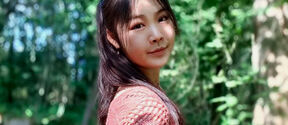Multidisciplinary project 'Shimmering wood' shortlisted in Fast Company’s 2021 World Changing Ideas Awards
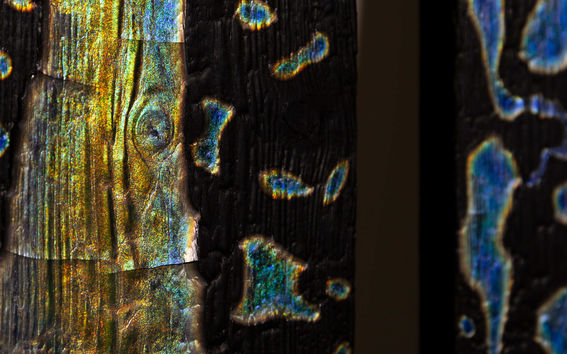
Aalto University’s multidisciplinary project 'Shimmering wood' has been selected as finalist in the Art & Design category and has received an honorable mention in the Experimental category of the leading innovation media Fast Company’s 2021 World Changing Ideas Awards.
The awards draw attention to projects, concepts, businesses and policies with great potential and helps them expand their reach to inspire more people to start working on solving the problems that affect us all. Shimmering wood is an innovation of designer Noora Yau and materials scientist Konrad Klockars and their Structural Colour Studio.
'It feels great that our research made it to this prestigious list. I hope that this achievement sheds more light to the environmental impacts of colours and materials,' says Noora Yau.
'It's fantastic to be recognised in this way. We want to show the world that it's possible to produce high-value products out of wood-based materials and with very little volume of raw material,' says Konrad Klockars.
A truly sustainable material
Shimmering wood is a structural colour. In nature, the brightest colours – like those found in peacock feathers or butterfly wings – are created through microscopically small nanostructures. Unlike traditional pigments or dyes, this colour arises only from the physical structure of the material, without the need for chemical compounds. Shiny or glittery effects – prevalent in fashion and design today – are usually created using toxic pigments, plastic-based materials, or metallic foils. This structural colour presents a sustainable alternative to these traditional colourants.
Shimmering wood is nontoxic and produced 100% from wood, in an economically viable process. Unlike most existing dyes, structural colour does not fade in sunlight.
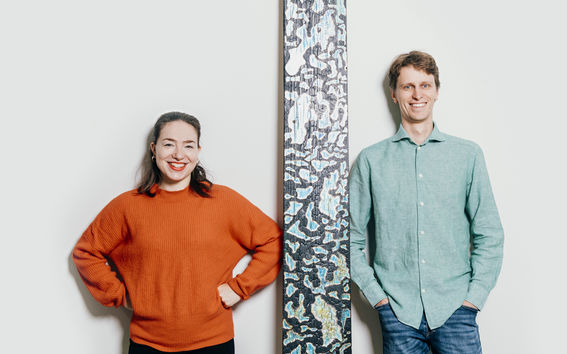
Yau and Klockars make structural colour out of nanocellulose, which is created by splicing and splitting the cellulose contained in wood into nanoscale lengths. One nanometre is equal to one millionth of a millimetre.
Nanocellulose is non-toxic, environment-friendly and renewable. It is used in, for example, medical applications and composite materials. It can also form a nanostructure that yields structural colour – if you know how to process it.
The colouring experiments of Yau and Klockars have extended into coating metal, plastic, wood and fabric.
'The best innovations are created together, through trial and error. This could not have been possible without the support of the whole research team. A special thanks goes to professor Orlando Rojas and postdoctoral researcher Blaise Tardy,' Noora and Konrad say.
Link to Fast Company's homepage
World Changing Ideas is one of Fast Company’s major annual awards programs and is focused on social good, seeking to elevate finished products and brave concepts that make the world better. A panel of judges from across sectors choose winners, finalists, and honorable mentions based on feasibility and the potential for impact.
Read more about the list of World Changing Ideas. The Shimmering Wood listing can be found here and here.
Parallel paths: Designer and materials scientist conjure up glimmering colours out of wood
Designer Noora Yau and materials scientist Konrad Klockars have used wood to conjure up a colour, which is transparent yet glows like a copepod in shallow water. The pair’s good chemistry and open attitude towards asking silly questions is a great help in their work.
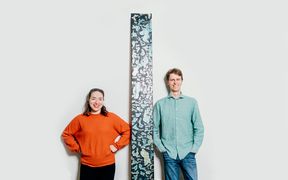
Read more news

Future makers research batteries, cryptography and plastic recycling
The Technology Industries of Finland Centennial Foundation awarded 3.5 million euros in research funding to eight projects, five from Aalto University.
The pilot project for direct article delivery from the National Repository Library ends
Aalto University has been participated in the pilot project for direct article delivery with the National Repository Library and Kopiosto from 2023 to 2025. The pilot ends on 19th December.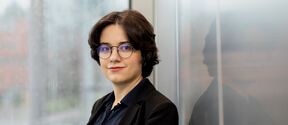
Meet the new ELLIS Institute PIs: Azade Farshad advances AI for medical applications
Farshad’s research background is in computer vision and generative models.